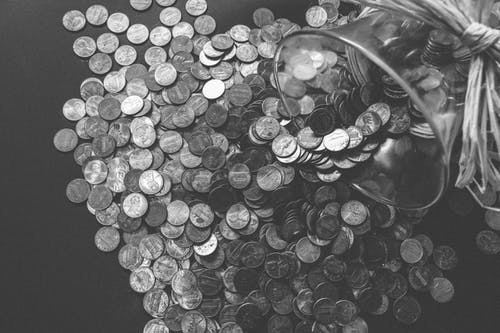
Chad Smith, NAFB News Service
For each dollar spent on domestically-produced food, U.S. farmers received 14.6 cents for farm commodity sales during 2018. The USDA’s Economic Research Service says while it’s a small increase, the number did rise from 14.4 cents in 2017. It’s also the first measurable rise in the farmer share of the food dollar since 2011. The slight increase comes after the average prices U.S. farmers received in 2017 and 2018 were flat. A preliminary estimate in the farmer share of the food dollar also came out at 14.6 cents last year, but that number has been revised downward to 14.4 cents. The Economic Research Service uses input-output analysis to calculate the farm and marketing shares from a typical food dollar spent by U.S. consumers. That includes both foods bought at grocery stores as well as at dining-out establishments. The marketing share of the food dollar covers the cost of getting the food from farm to point of purchase. It includes the cost related to packaging, transporting, processing, and selling to consumers at grocery stores and dining-out businesses. Farmers receive a smaller share of the eating-out dollars because it costs more to prepare and serve meals, so more consumers eating out also drives the farm share of the food dollar lower.
